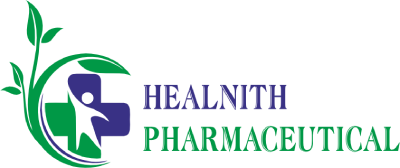Riboflavin - Vitamin B2 API
| Cas No : | 83-88-5 |
|---|---|
| Name : | Riboflavin – Vitamin B2 |
| Synonyms : | vitasanb2;xypentyl)-;E 101;Riboflavin |
| Molecular Formula : | C17H20N4O6 |
| Melting Point : | 290 °C (dec.)(lit.) |
| Boiling Point : | 504.93°C (rough estimate) |
| Molecular Weight : | 376.36 |
| Density : | 1.65 G/cm3 |
| Solubility : | Very slightly soluble in water, practically insoluble in ethanol (96%). Solutions deteriorate on exposure to light, especially in the presence of alkali. |
Uses :
- Vitamin B2 (riboflavin) is produced by yeast from glucose, urea, and mineral salts in an aerobic fermentation.Nutritional factor found in milk, eggs, malted barley, liver, kidney, heart, leafy vegetables. Richest natural source is yeast. Minute amounts present in all plant and animal cells. Vitamin (enzyme cofactor). Riboflavin (Vitamin B2) is used in skin care preparations as an emollient. It can be found in sun care products as a suntan enhancer. Medicinally, it is used for the treatment of skin lesions. Riboflavin is the water-soluble vitamin b2 required for healthy skin and the building and maintaining of body tissues. it is a yellow to orange-yellow crystalline powder. it acts as a coenzyme and carrier of hydrogen. it is stable to heat but may dissolve and be lost in cooking water. it is relatively stable to storage. sources include leafy vegetables, cheese, eggs, and milk.






